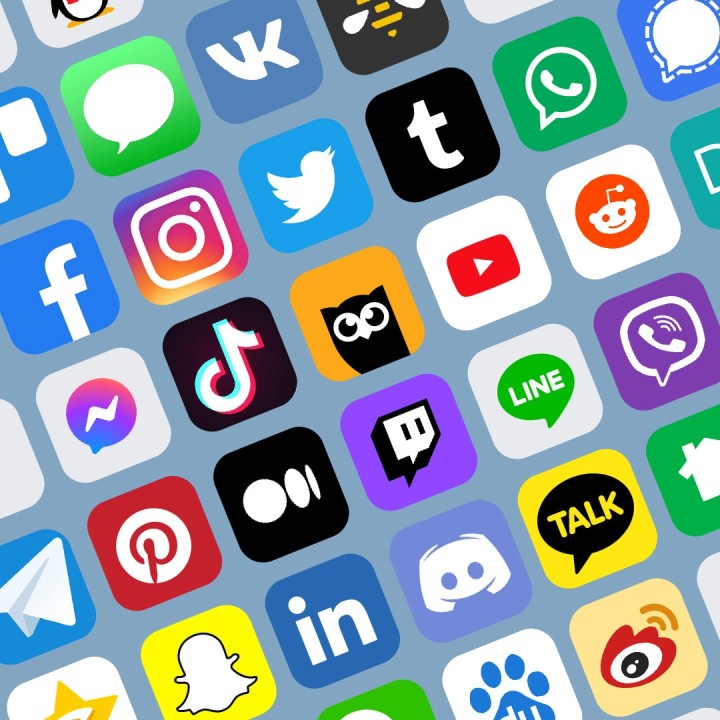SBI-US
Business & Finance


Introduction:
In the era of interconnectedness, social media platforms have become powerful channels for communication, information sharing, and community engagement. However, the impact of social media on public safety goes beyond viral trends and memes. This blog explores the multifaceted influence of social media on public safety, examining its role in emergency response, community policing, and the challenges it poses for both law enforcement and the general public.
Real-Time Information Dissemination:
One of the most significant contributions of social media to public safety is its ability to facilitate real-time information dissemination. During emergencies, natural disasters, or critical incidents, social media platforms serve as rapid communication channels, providing instant updates and warnings to the public. From official announcements by authorities to user-generated content capturing on-the-ground realities, social media creates a dynamic information ecosystem crucial for public awareness.
Community Engagement and Policing:
Social media platforms offer law enforcement agencies an unprecedented opportunity to engage with the communities they serve. Police departments utilize platforms like Twitter, Facebook, and Instagram to share safety tips, provide updates on ongoing investigations, and foster positive interactions with the public. This direct and transparent communication enhances community policing efforts, bridging the gap between law enforcement and the residents they protect.
Crowdsourced Intelligence:
The collective power of social media extends to crowdsourced intelligence, where users become active contributors to public safety efforts. Citizens often share information about suspicious activities, traffic incidents, or even missing persons on social media platforms. Law enforcement agencies can leverage this crowdsourced intelligence to enhance situational awareness and respond more effectively to emerging issues.
Emergency Response Coordination:
During crises, social media transforms into a virtual command center for emergency response coordination. From coordinating rescue efforts to providing real-time updates on evacuation routes, social media plays a pivotal role in disseminating critical information to affected populations. Emergency services can utilize these platforms to reach a wide audience swiftly, facilitating a more organized and informed response to unfolding events.
Challenges of Social Media in Public Safety:
While the impact of social media on public safety is largely positive, it comes with its set of challenges. The viral spread of misinformation during emergencies can lead to panic, hindering rather than aiding response efforts. False reports, rumors, and unverified information circulating on social media platforms underscore the need for a balanced approach that combines the benefits of rapid communication with measures to address misinformation.
Privacy Concerns and Ethical Considerations:
The extensive use of social media in public safety raises valid privacy concerns. Law enforcement agencies must navigate the ethical landscape of using social media for surveillance and intelligence gathering. Striking a balance between public safety and individual privacy rights requires clear policies, oversight, and transparent communication about the purposes and limitations of such practices.
Public Awareness and Education:
An informed public is a resilient one. Social media can be a powerful tool for public awareness and education campaigns on various safety topics. Whether it’s educating the public about cyber threats, promoting community preparedness, or raising awareness about emerging safety concerns, social media platforms provide a direct channel for disseminating crucial information to a wide audience.
Conclusion:
The impact of social media on public safety is undeniable, ushering in a new era of interconnectedness and information sharing. From real-time updates during emergencies to community engagement initiatives, social media has become an integral component of modern public safety strategies. However, navigating the challenges posed by misinformation, privacy concerns, and ethical considerations is crucial for harnessing the full potential of social media in the service of public safety. As we continue to embrace the digital era, the responsible use of social media can undoubtedly enhance our collective ability to respond, adapt, and safeguard communities in the face of evolving safety challenges.